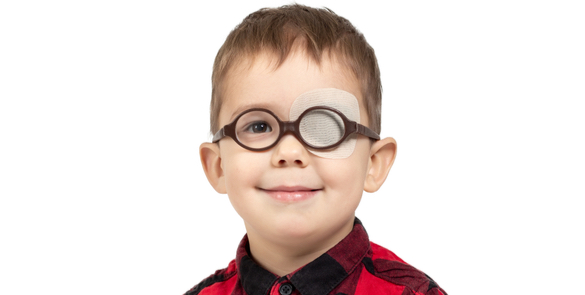MBBCh, PGDip, MRCOphth, FEBO, FRCS Consultant Ophthalmic Surgeon, Specialist in Glaucoma and Cataract Surgery GCAA Approved Specialist Ophthalmologist and Aeromedical Examiner Associate Professor of Ophthalmology (Adjunct) Dr. Mustafa is a General Ophthalmic Surgeon and subspecialist in Glaucoma & Cataract, with experience in the latest surgical techniques in complex glaucoma management including microdrainage devices, laser treatment and… Continue reading Dr. Mohammed Sohaib Mustafa
Amblyopia Therapy
What is Amblyopia? Lazy eye – the medical term is Amblyopia – is a common eye condition amongst younger children. It means that one eye is not developing properly and becomes ‘lazy’ because the brain is working harder with the good eye to compensate. The problem is that if the brain ignores the lazy eye,… Continue reading Amblyopia Therapy
